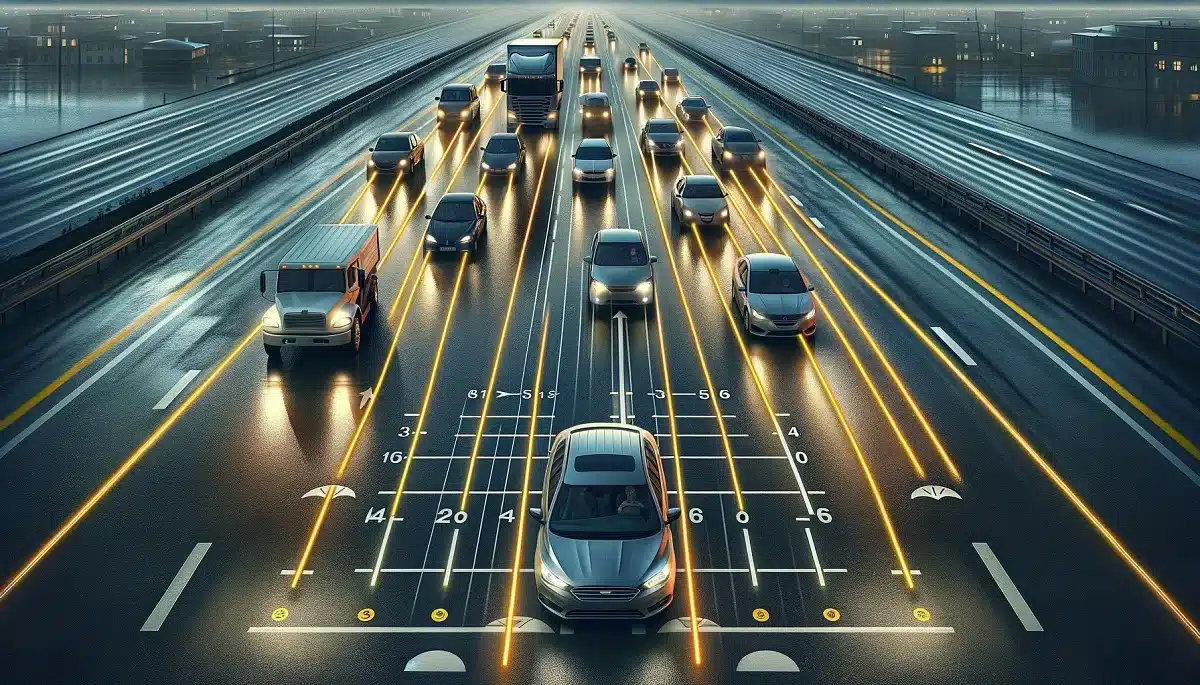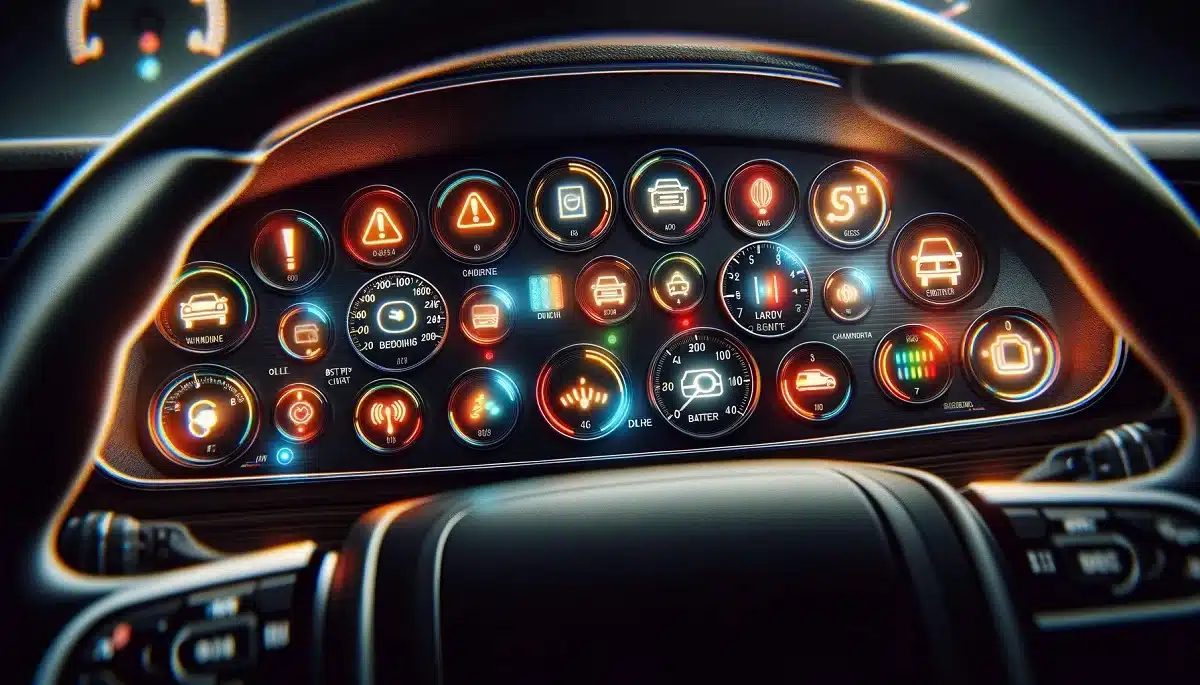In this blog post, we explore the characteristics of left-hand traffic flow and some countries where this system is prevalent. Left-hand traffic, a system implemented in certain countries due to historical, cultural, and practical reasons, involves vehicles moving on the left side of the road and encountering oncoming traffic on their left side. Here, we delve into the fundamental aspects of left-hand traffic and detail the countries practicing this traffic flow.
What is Left-Hand Traffic?
Left-hand traffic refers to a system where vehicles travel on the left lane of the road, meeting oncoming traffic on the left side. This system is implemented in various regions worldwide, notably in the United Kingdom and former British colonies.
Why Left-Hand Traffic?
The origins of the left-hand traffic system are often attributed to historical and cultural factors:
- Historical Roots: During the Middle Ages, knights wielded their swords with their right hands and traveled on the left side of the road to protect themselves against enemies. This tradition laid the groundwork for the development of left-hand traffic flow.
- Influence of the British Empire: The United Kingdom, during its imperial era, dominated a vast geography where the left-hand traffic system spread to its colonies.
Characteristics of Left-Hand Traffic
In left-hand traffic systems, vehicles move on the left side of the road and feature the following characteristics:
- Overtaking Rules: Vehicles generally use only the right lane to overtake the vehicle in front. This regulates traffic flow and enhances safety.
- Oncoming Traffic: The oncoming traffic is on the right, which is particularly important to remember on two-way roads.
- Traffic Signs and Road Markings: Traffic signs and road markings are placed on the road’s left side, easily visible to drivers.
- Turning at Intersections: Vehicles typically move clockwise when turning at traffic junctions, an important rule that regulates traffic flow.
- Pedestrian Crossing Rules: Pedestrians look to their right first when crossing, ensuring they are cautious of vehicles coming from the left.
- Vehicle Layout: In left-hand traffic, the steering wheel of vehicles is usually on the right, providing drivers with a better view of the road’s left side.
- Pedestrian Walking Direction: In areas without sidewalks, pedestrians, for safety reasons, walk on the right side of the road.
Countries with Left-Hand Traffic
Left-hand traffic is prevalent, especially in the United Kingdom and former British colonies. Key countries with left-hand traffic include:
- Japan: Japan is one of the significant countries in Asia that adopts the left-hand traffic system.
- England: England is one of the most well-known examples of left-hand traffic flow. This system is implemented throughout the United Kingdom.
- Australia: Australia adopts left-hand traffic across its vast continental roads.
- South Africa: South Africa is among the countries in Africa with left-hand traffic.
These countries maintain the tradition of left-hand traffic flow, integrating it as a part of daily life.
Transition Processes
Some countries have transitioned from left to right-hand traffic over time. However, such changes are rare due to the significant costs and complex logistical planning involved.
Conclusion
Left-hand traffic is a system implemented in specific countries worldwide, playing a significant role in the road and traffic regulations of those nations. Being aware of and adapting to these rules while traveling in countries with left-hand traffic ensures a safe and smooth journey. This post has outlined the basic characteristics of left-hand traffic and some countries that adopt this system, providing a general understanding of left-hand traffic flow.






